#pueblo art
Explore tagged Tumblr posts
Text
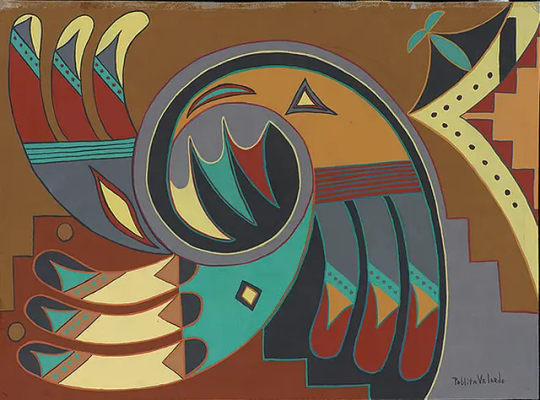
Pablita Velarde - Hummingbirds (ca. 1950)
312 notes
·
View notes
Text
The Pueblo Potters of the Southwest
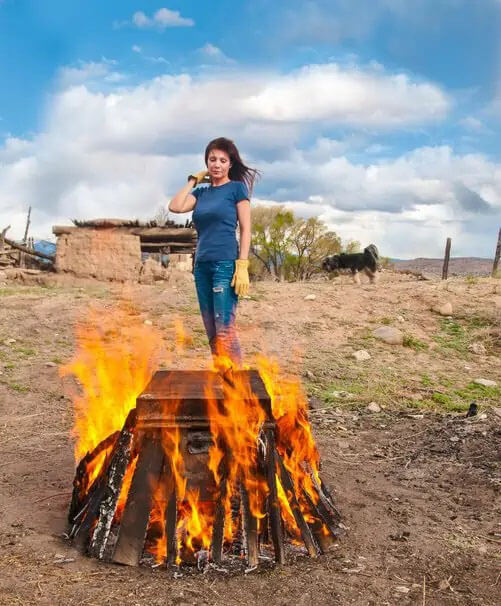
Pottery, the most sought after Pueblo art today, is being made by thousands of Native clay artists, many of whom still dig, clean, and age their own clay, as well as hand-shape and coil-build pottery without the use of a potter's wheel. Potters then decorate their works with mineral and clay slips they prepare themselves, or by carving into the clay. Finally, they fire their clay outdoors in the open air, rather than in a kiln.
This is the age-old process used by Jody Naranjo, one of the most well-known contemporary Pueblo potters. Naranjo grew up at Santa Clara Pueblo, but moved to Albuquerque years ago to pursue a career in professional art. She still returns to the Pueblo for ceremonies and to fire her distinctive pottery. Naranjo's work is distinguished by intricately etched surfaces, portraying everything from fine geometric patterns to quaint scenes of people and Pueblo life, as well as a variety of animals, birds, and fish.
Naranjo consciously carries on ancient traditional techniques. In her pottery, which is always unglazed, Naranjo aims for a natural color that she describes as "rich chocolate brown." To get that tone, she encloses the pots in thin sheets of metal before firing the pottery on a brick. "Some people even use old metal cafeteria trays, or put the work inside metal milk crates," she says. Then she surrounds her pots with chunks of cedar, and sets the whole thing afire. "It burns hot and fast," she notes.
Most modern pottery is made from very different clay that requires overnight firings in intensely hot gas or electric kilns, but Naranjo's firings take no more than 30 to 45 minutes. "I have no idea of the temperature, because we don't use thermometers, but I've learned to judge the heat by observation," she says. About 5 to 10 minutes before the pots are done, she covers them with cow manure, which has been dried until it's fluffy.
"Some people use shredded newspaper," she says, "some horsehair." The manure blanket blocks the fire's source of oxygen, a step that darkens the pots. If she lets this stage go too far, the pots turn black, a distinct style in itself that some buyers prefer. If the goal is to retain the natural reds in the clay that Pueblo potters traditionally use, this step is skipped entirely, but if you're aiming for some combination -- for example, swirls of black on a red pot -- Naranjo says, "you put a whole cow pie against the pot."
The process, however, is not foolproof. Because these firings are done outdoors over a wood fire, without the controlled conditions inside a kiln, wind and humidity levels can create havoc, causing the pottery to crack or explode. To avoid such catastrophes, Naranjo tries to fire in either the mornings or evenings, which are the calmest times of day in her area. But even that's not always enough. "I've often waited a week or more to fire," she says. "It's so tricky. All your work can be gone in a minute!" While studying her craft, Naranjo says, she had her grandmother "giving me advice at every step. Still, I've made mistakes and heard the pots exploding in the fire. Then I just cry."
3 notes
·
View notes
Text
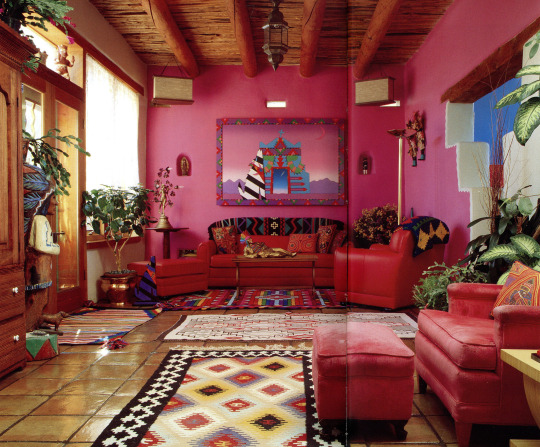
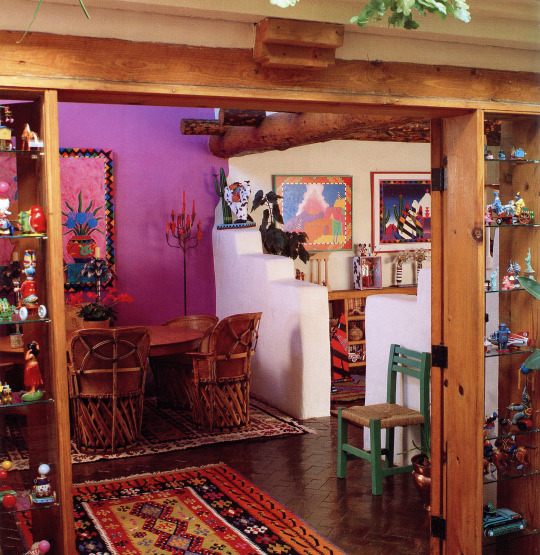




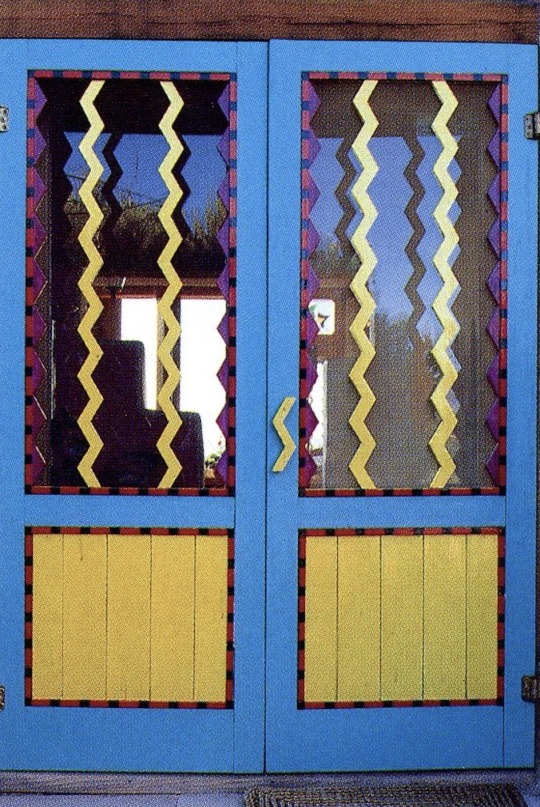
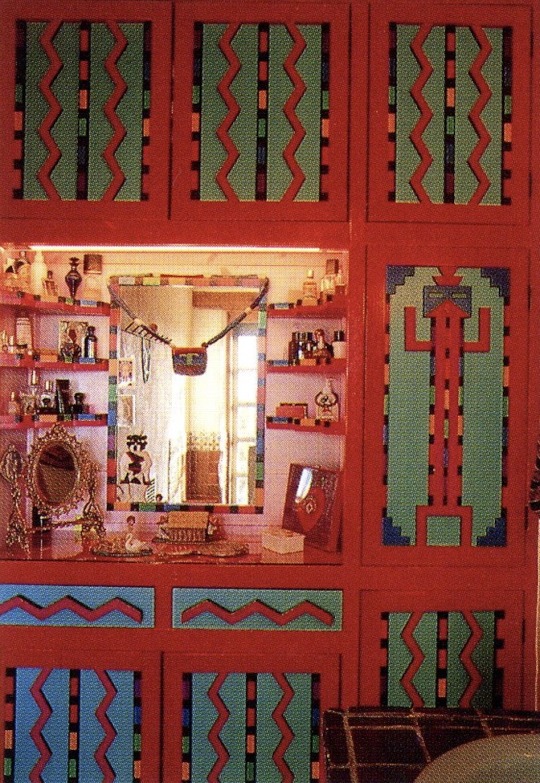

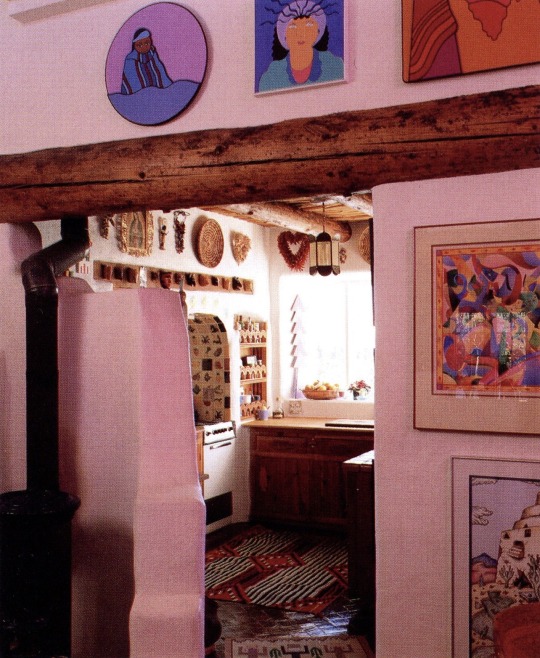
Home of the artist/designer Tavlos - Santa Fe, NM (1990s)
A 'postmodern southwestern' take on Pueblo architecture and indigenous art -- elements of styles we study like Whimsicraft & Earthy Southwestern.
Scanned from the book, 'In Artists' Homes: The Living Spaces of Contemporary Artists' (1992)
#1990s#1980s#90s#80s#design#interior design#interiors#architecture#southwestern#pueblo#tavlos#artist#designer#whimsicraft#colorful#bold#bright colors#art
611 notes
·
View notes
Text

wow wow calm down man
#orel puppington#moral orel#moral orel fanart#art#my art#shitpost#I think he would post things like that to WhatsApp#criinge but i love him anyway#tiene la pose del meme de mi pueblo no se toca#que
125 notes
·
View notes
Text
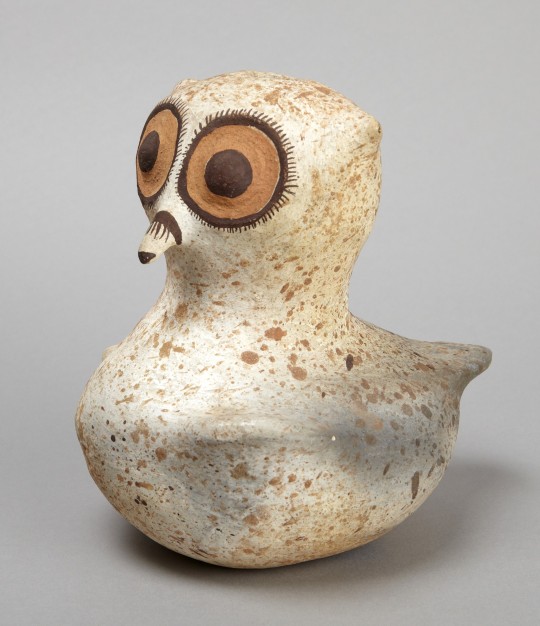
▪︎ Owl.
Place of origin: North America, United States, New Mexico, Zuni Pueblo (?), Colorado Plateau
Culture: Zuni, Native American
Date: ca. 1880
Medium: Ceramic with polychrome slip
606 notes
·
View notes
Photo

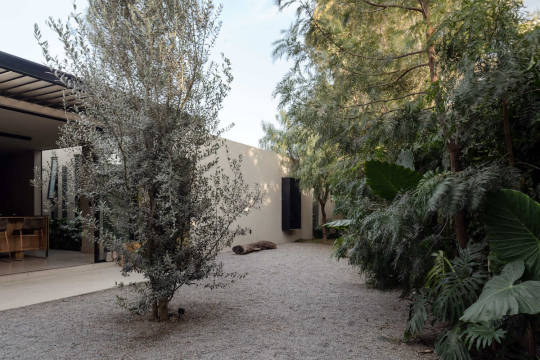

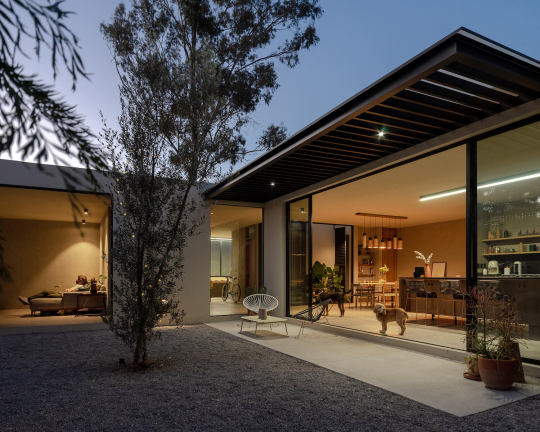
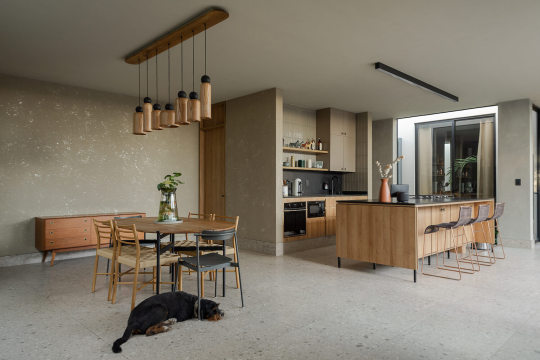
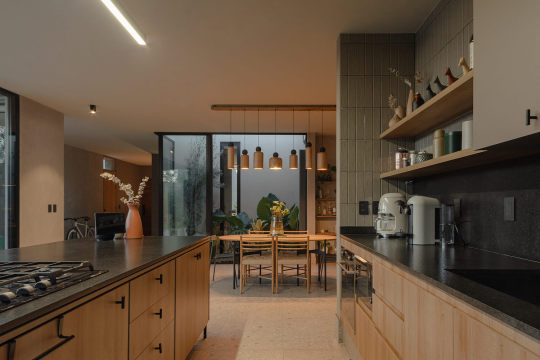
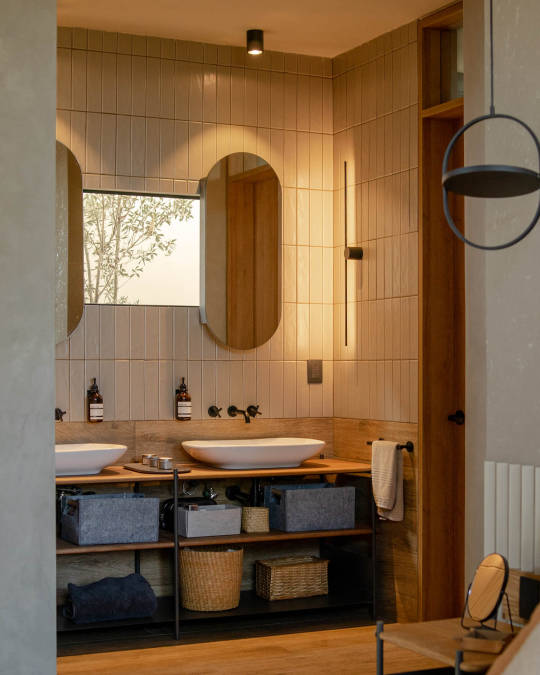

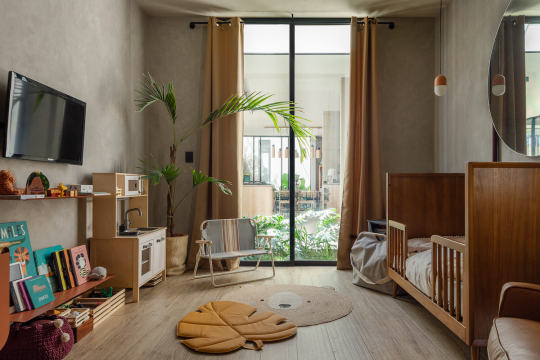
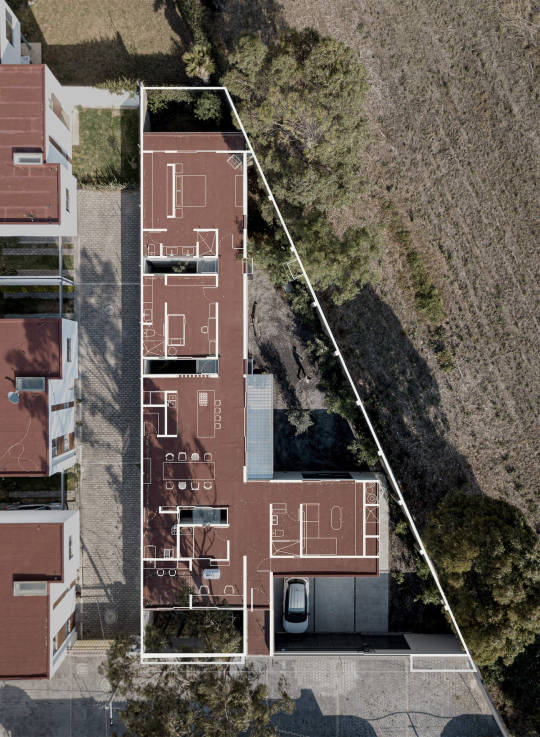
Casa TOME, Puebla, Mexico,
MXTAD Architects,
Photography: Amy Bello
543 notes
·
View notes
Text
The first time I heard my country doing our famous "cacerolazos" as a protest against the dicatorship we're facing, I heard the drums of liberation...!
All I want is freedom for my home, I wanna go back to my family and be happy living in my beautiful country, Venezuela!!! Don't lose sight of us! All eyes on Venezuela!
🇻🇪🇻🇪🇻🇪💛💙❤

#freedom for venezuela#all eyes on venezuela#venezuela libre#pixelart#my art#drums of liberation#one piece#gloria al bravo pueblo
38 notes
·
View notes
Text

Welcome to the next WangXian's Ancient Towns Proyect
Destiny: Bolivia
Let's go!
#wangxian#mdzs#wei wuxian#lan wangji#cql#mo dao zu shi#mdzs art#ancient civilizations#pueblos indígenas#wei ying#lan zhan#pueblos originarios#adaptation#ancient#art#bolivia
19 notes
·
View notes
Text
I want that WEENIE WRAP BOY.

#athf#aqua teen hunger force#art#digital art#shitpost#weenie wrap society of new jersey#weenie wraps#Carlitoland#justice for Moss Quito Pueblo#athf ignignokt#ignignokt#yummy yummy yummy yummy fat fat fat
25 notes
·
View notes
Photo
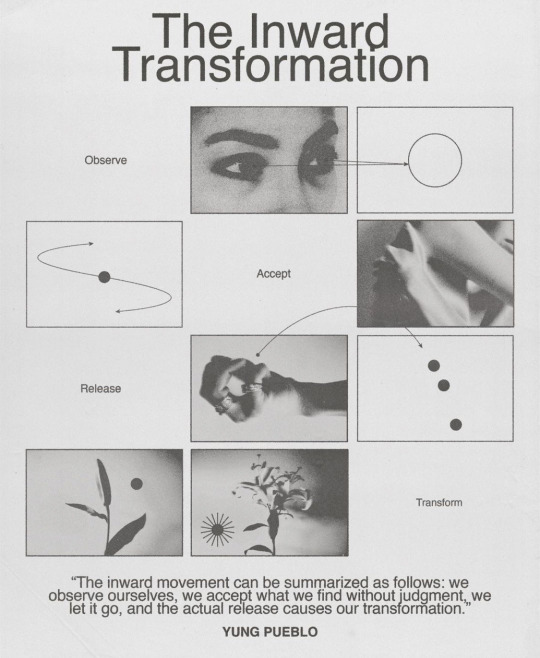
Observe Accept Release Transform ♾ Project Lobster
568 notes
·
View notes
Text

Aché🫂
30/12/23
with love,
B 🫀
#aesthetic#poetry#self love#i love you#with love#artists on tumblr#affirmations#art#black women#affirmdaily#yung pueblo#black poems#spoken word poem#pretty words#spiritual alignment#african spirituality#synchronicity#self healing#higher frequency#higherconsciousness#higher self#trust the process#be your true self#true self#true words#inhale exhale#ache#thankful#the art of conversation#eternal sunshine of the spotless mind
54 notes
·
View notes
Text

Water jug, Ancestral Pueblo, 1150-1325 AD
from The Cleveland Museum of Art
122 notes
·
View notes
Text

Passing By
Artist: Ernest Martin Hennings (American, 1886–1956)
Culture: American
Date: c. 1924
Place: New Mexico, United States
Medium: Oil on Canvas
Collection: Museum of Fine Arts, Houston, TX, United States of America
DESCRIPTION
As tightly woven as a fine tapestry, Passing By shows people of the Taos Pueblo moving through a glade of cottonwoods in the brilliant autumn sun of the Southwest. The figures and landscape are integrated as one.
Exhibited in the 1924 Venice Biennale and the winner of the gold medal in the 1926 exhibition at New York’s National Academy of Design, Passing By is among the finest paintings produced by Taos Society artist E. Martin Hennings. The Taos Society of Artists was the first art colony established west of the Mississippi River, its roots going back to 1898. Following the development of railroad travel and tourism in the Southwest, artists rushed there and embraced Pueblo culture and the dramatic colors and topography of the desert region.
Shimmering like a golden screen shot through with vivid notes of blue, this painting presents a dramatic backdrop of aspen trees against which three Taos Pueblo Indians pass by as if in a timeless procession. All three men are wrapped in woven blankets and wear silver adornment, long braids, and modern clothing. In Passing By, Hennings presents a solemn, dignified image of an enduring native culture.
#painting#taos pueblo#cottonwoods#new mexico#autumn#figures#landscape#horses#ernest martin hennings#american painting#american culture#20th century painting#museum of fine arts houston#native american#aspen trees#woven blankets#silver adornment#long braids#dignity
15 notes
·
View notes
Text
1845- Cortaron nuestros troncos, quemaron nuestras ramas, se llevaron nuestros frutos, pero no pudieron arrancar nuestras raíces.
(Popol Vuh)
#palabras#frases#textos nocturnos#vida#culture#pensamientos#books & libraries#textos#escritos de amor#amor#pueblos originarios#pueblos indígenas#ancestral puebloan#genocidio del pueblo palestino#personal#conquistadores#maldad#bienes raices#popol vuh#historia#cultura#arte#bolivia#museo#mundo
23 notes
·
View notes
Text

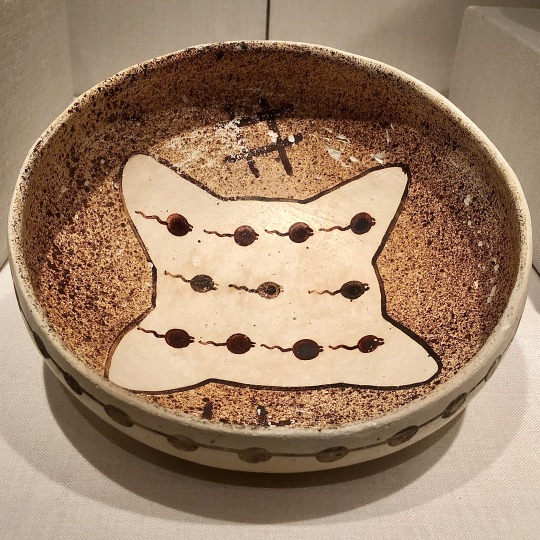
#FrogFriday: tadpole bowls!
Sikyatki Ware bowls w/tadpole motifs Ancestral Pueblo, Arizona, 1400-1625CE
Top: Penn Museum 29-77-655 Bottom: The Metropolitan Museum of Art, New York 2018.710
While frog iconography can be found in many cultures around the world, the Southwest Culture Area is one of the few I've found where tadpoles also regularly appear. I'll be featuring these two pieces in my presentation on frog iconography in the Pacific NW & American SW at SECAC2023 next week!
#animals in art#frog#tadpole#tadpoles#animal iconography#Frog Friday#Indigenous art#Native American art#Southwest Culture Area#ceramics#pottery#bowl#Ancestral Pueblo#Penn Museum#Metropolitan Museum of Art New York#museum visit#conference presentation#SECAC
68 notes
·
View notes
Text


George en la marcha a favor de la gpda
George joined the march for the rights of the members of the gpda
#translation: united gladiators will never be defeated#jorge del pueblo my beloved#i haven't drawn anything in so long im sorry#but i had to get this image out of my head#also i'm not over the fact the gpda referred to themselves as “gladiators” dkfngd i love them#fia doodles#i guess it's not the best time to call myself fia hehe#george russell#f1 fanart#gr63#formula 1 art
7 notes
·
View notes